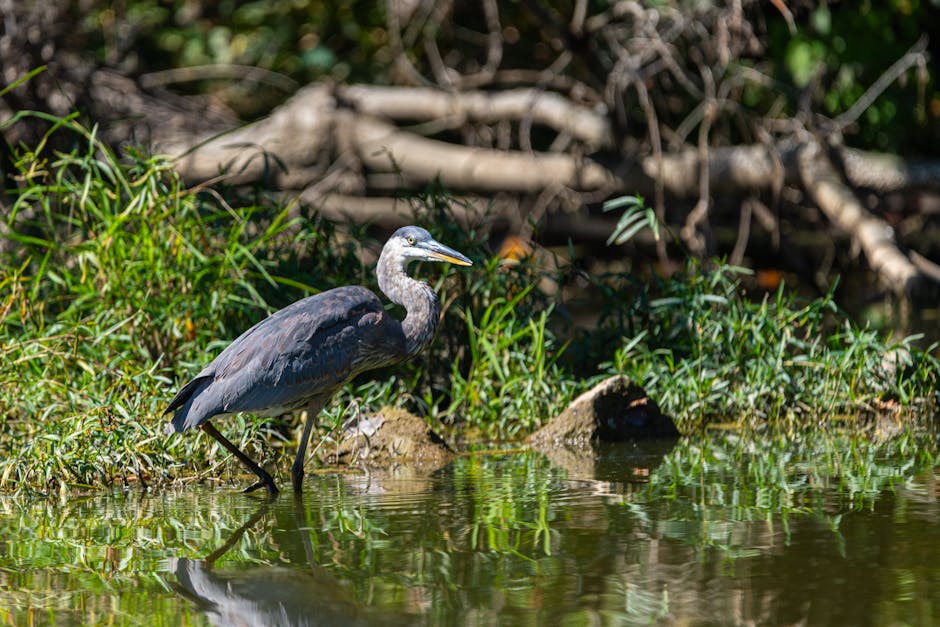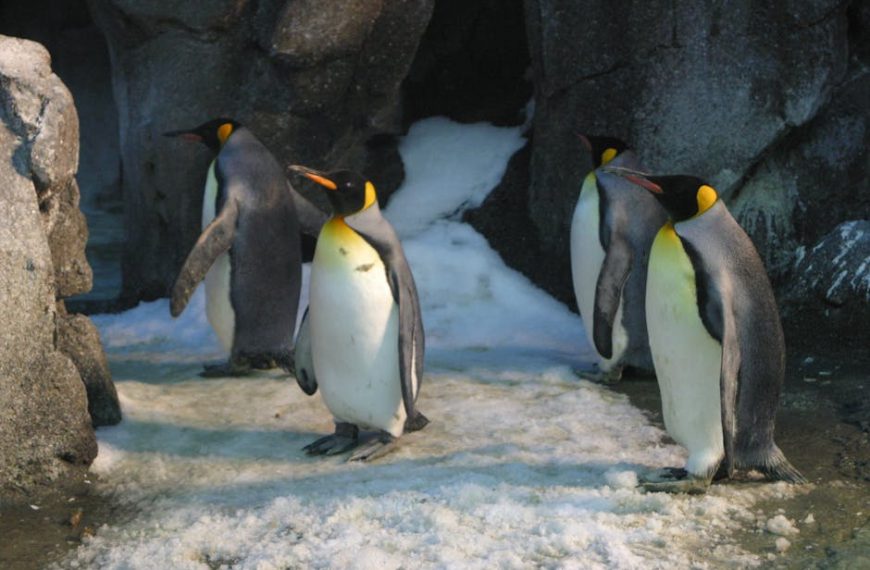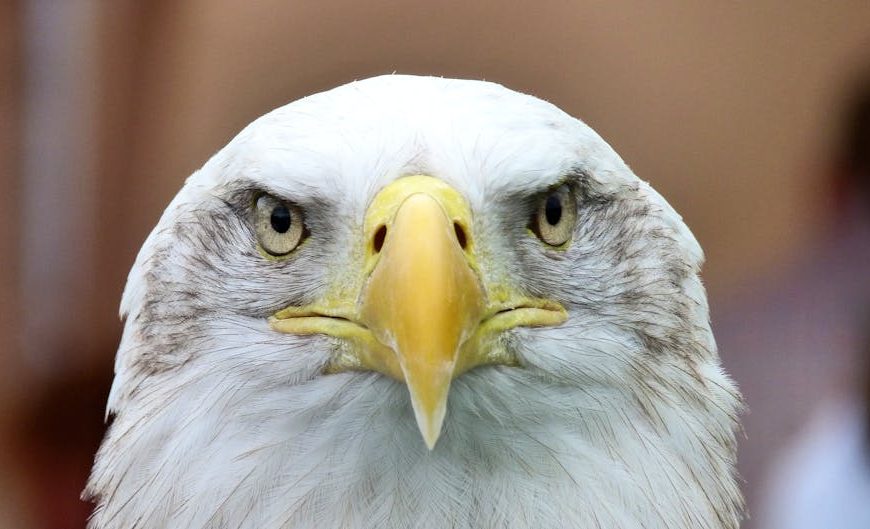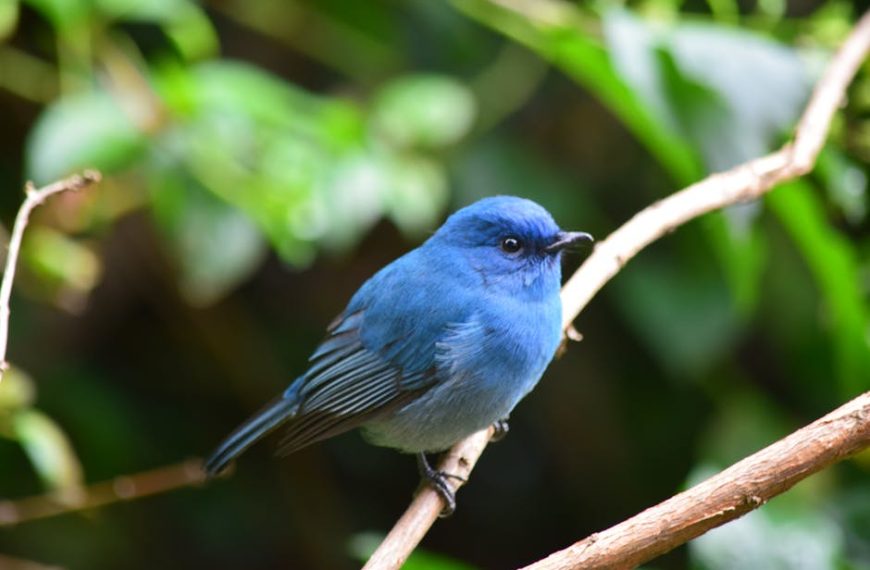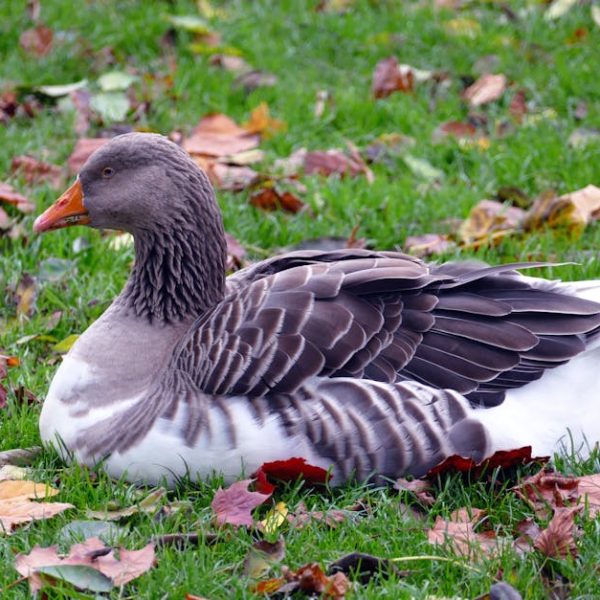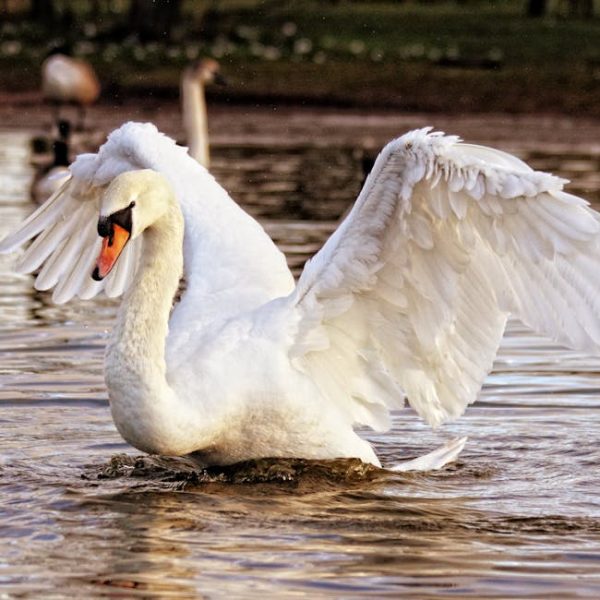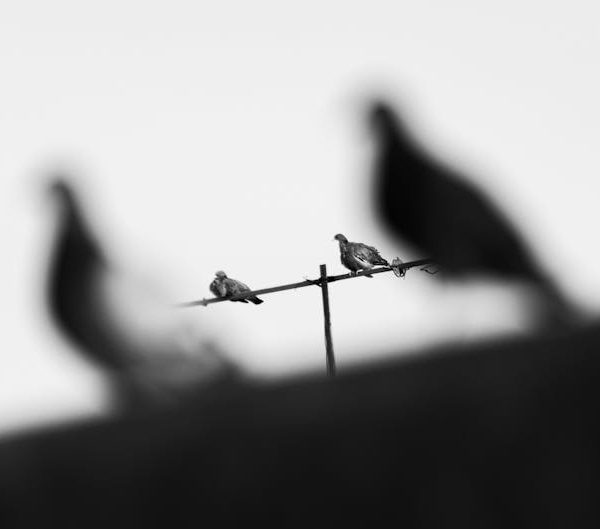Birds are some of the most diverse and fascinating creatures on our planet, boasting a wide array of characteristics unique to their species. Their method of excretion is no exception and is an essential aspect of understanding bird anatomy and behavior. The manner in which a bird expels waste is intricately intertwined with its overall biological structure, behavior, and habits.
The Bird Anatomy and Its Role in Excretion
A foremost feature of a bird’s anatomy pertinent to waste removal is its cloaca – a single cavity acting as an exit point for the digestive, reproductive, and urinary tracts. This compact design is a testament to nature’s innovative way of equipping birds for their aerial lifestyle, ensuring they remain lightweight and agile.
– The cloaca serves three primary functions:
– The digestive tract funnels undigested waste through the cloaca for elimination.
– It acts as the terminal end of the urinary tract, passing the filtered waste from the kidneys.
– During the breeding season, it also becomes a passageway for sperm in many bird species.
The unique anatomical design of birds plays a pivotal role in their efficient waste disposal mechanism, demonstrating how every aspect of their biology is geared towards adaptation and survival.
Understanding the Bird Digestive System
Birds’ digestive systems bear fruitful discussions when diving into their excretion process. Beginning from the beak, where mastication occurs, their digestive tract is streamlined to rapidly process food on the move. Enzymes and acids in the stomach help break down food, which then moves through a series of intestines where nutrients are absorbed.
As for waste chemicals, kidneys come into play with their specialized micro-tubes known as nephrons. These nephrons filter out chemicals from the body, which are combined with the undigested remains from the digestive tract. This mixture is then sent to the cloaca for expulsion.
Best Practices for Understanding Bird Digestion:
– Birds eat proportionately more food than larger animals due to their high metabolism rate.
– Unlike mammals, birds don’t have separate tracts for urine and feces, which results in their uniquely combined droppings.
Production and Elimination of Bird Droppings
On the subject of bird droppings, the tale is quite remarkable. Birds’ kidneys, unlike those of mammals, do not filter out urine as a separate liquid waste. Instead, they excrete waste products as uric acid, which mixes with the undigested food remnants, resulting in the paste-like droppings we commonly associate with birds.
These droppings are rich in nitrogen, explaining why they are often white or off-white. While human waste’s yellow color comes from urobilin, another type of nitrogenous waste, bird droppings have a much higher proportion of uric acid.
Pro Tips:
– Bird droppings can reveal a lot about a bird’s diet and health. For example, color changes can point towards different food or health problems.
With a bird’s excretion intricately linked to its anatomy, metabolism, and diet, waste elimination is a complex process. In the following sections, we continue to explore the unique characteristics, implications of bird excretion and their intriguing behaviors linked to this process.
Unique Characteristics of Bird Excretion
Bird excretions have distinct traits that provide valuable insight into their health and lifestyle. The color, consistency, and frequency of their droppings not only reflect their diet but can also alert us to potential health issues.
Furthermore, it’s fascinating to note that unlike most mammals, birds do not urinate and defecate separately. Both urine and feces are ejected together, as a white paste, sometimes accompanied by a smaller, darker part that constitutes solid waste matter.
Here’s a comparative overview of avian and mammalian excretions:
| Bird | Mammal | |
|---|---|---|
| Excretes urine as | Uric Acid | Urea |
| Separate expulsion of urine and feces | No | Yes |
| Color of droppings | White/off-white | Varies |
| Excretes via | Cloaca | Anus / Urethra |
Excretion and Bird Behavior
Birds not only use their excreta for waste disposal but it also plays a significant role in communication, thermoregulation, and nest maintenance. For instance, parental birds remove or sometimes consume their offspring’s droppings to keep their nests clean.
Anecdotally, many bird species also tend to lighten their load before taking long flights. Expelling waste reduces their body weight, enhancing flight efficiency and distance.
Here’s a checklist of fascinating bird behaviors linked to excretion:
– Look for evacuation of droppings just before flight. It can help you understand their flight behavior.
– Observe nest cleanliness to get an insight into the caring nature of parent birds.
– Monitor changes in dropping consistency or color. It could be indicative of a change in diet or potential health issues.
With every chirping bird, there’s a story not just about their beautifully colored feathers, but also about a fundamental life process they uniquely navigate – excretion. Whether it’s their ingenious single-exit system, the fascinating digestive process, or the intriguing behaviors linked to their waste expulsion, each aspect makes birds all the more fascinating creatures to study and understand.
Key Takeaway:
- Birds have a unique excretory system involving a single exit and entry point called the cloaca, which aids in their lightweight structure for efficient flight.
- Unlike mammals, they do not have separate systems for urine and feces; instead, bird waste comes out in a thick, often white paste due to the high concentration of uric acid.
- The color and consistency of bird droppings provide valuable insight into their diet and overall health.
- Birds also utilize their waste for other purposes such as communication, thermoregulation, and maintenance of their nests.
Every chirping bird sings a story beyond its plumage, about a remarkable survival trait – its unique excretion process. It’s a fascinating testament to nature’s innovation. So, the next time you spot a bird, remember that each one carries around complex and wonderfully adaptive systems helping them to thrive in their aerial kingdom.
FAQs
Q: What is the function of the cloaca in birds?
A: The cloaca in birds serves as a single passageway for the digestive, reproductive, and urinary tracts. It plays a crucial role in the elimination of waste, and also serves as a route for sperm in many bird species during the breeding season.
Q: Why are bird droppings usually white?
A: Bird droppings are usually white because they contain a high level of uric acid, a nitrogenous waste product that is excreted by birds alongside feces through the cloaca.
Q: Do all birds excrete the same way?
A: Yes, all birds have a similar excretory system involving the cloaca, though the color and texture of their droppings may differ depending on their diet and health.
Q: Can the color of a bird’s droppings indicate health issues?
A: Yes, changes in the color or consistency of a bird’s droppings can be indicative of dietary changes or potential health issues.
Q: How do birds use their droppings for communication?
A: Birds may use their droppings as a territory marker or as a method of conveying other messages to their peers. Moreover, parent birds remove or consume their offspring’s droppings to maintain cleanliness in the nest.
Share this article with others who might enjoy this fascinating insight into avian biology. To deepen your understanding of the avian kingdom, explore more of our posts on similar topics!
